ABEL ARCINIEGA | THE SPORTS PHOTOGRAPHER. For Abel Arciniega, all his art is Latino driven.
ABEL ARCINIEGA, 47, began as an artist by repainting his toy cars with his mom’s nail polish. He grew up admiring the beautiful graffiti art in his neighborhood in the 1980s and decided to try it himself. Both his parents moved to the United States from Mexico; Arciniega was born here. He graduated from Columbia College Chicago and started as a graphic designer at Hoy, a newspaper in Spanish published by the Chicago Tribune. He is now a full-time photographer in Portage Park, mainly dealing with sports, but he’s also a painter and illustrator. Tequila Creative Studio is his photography company.
What inspired you to become an artist?
Graffiti and hip hop kind of took off in the mid ‘70s, but by the ‘80s, graffiti had become this big phenomenon and I just loved the colors and everything. So, I would sketch out little characters. As I got older, I started actually painting, doing walls, some legal, some illegal, but that’s what got me into art. The graffiti from the ‘80s is what really got me into it like, ‘This is what I want to do. I want to do something like this with art.’
When did you realize you wanted to be an artist?
I remember, I would use my mom’s nail polish remover to remove the color off of my little Matchbox cars. And then I would take her nail polish and repaint them myself with my own color schemes. Back then there were no electronics, so I would just paint cars and anything I could get my hands on where I could take the paint off and repaint it myself.
What medium do you mainly work in?
Right now, photography, but when I do fine art, I use oil paints or pencil. Acrylic dries too quickly. For me, I like to come back maybe a day later and see something different and keep moving from there. It is so relaxing when you’re just in the zone painting.
How would you describe yourself and your culture?
Everything to me is Latino driven. There’s just so much culture because I’m Mexican. I really fell in love with the Aztec and Maya [imagery] and I use [it] in my illustrations. I do a lot with those cultures in mind. My paintings, not so much. But when I got into graphic design, I started messing with Aztec and Maya elements, and then transitioned back to my original paint. Photography is something different because for the most part, I get commissioned, I get hired by corporations that do a lot of sports. So, there’s no real creative outlet to it, in a sense, because I’m doing a job for a client.
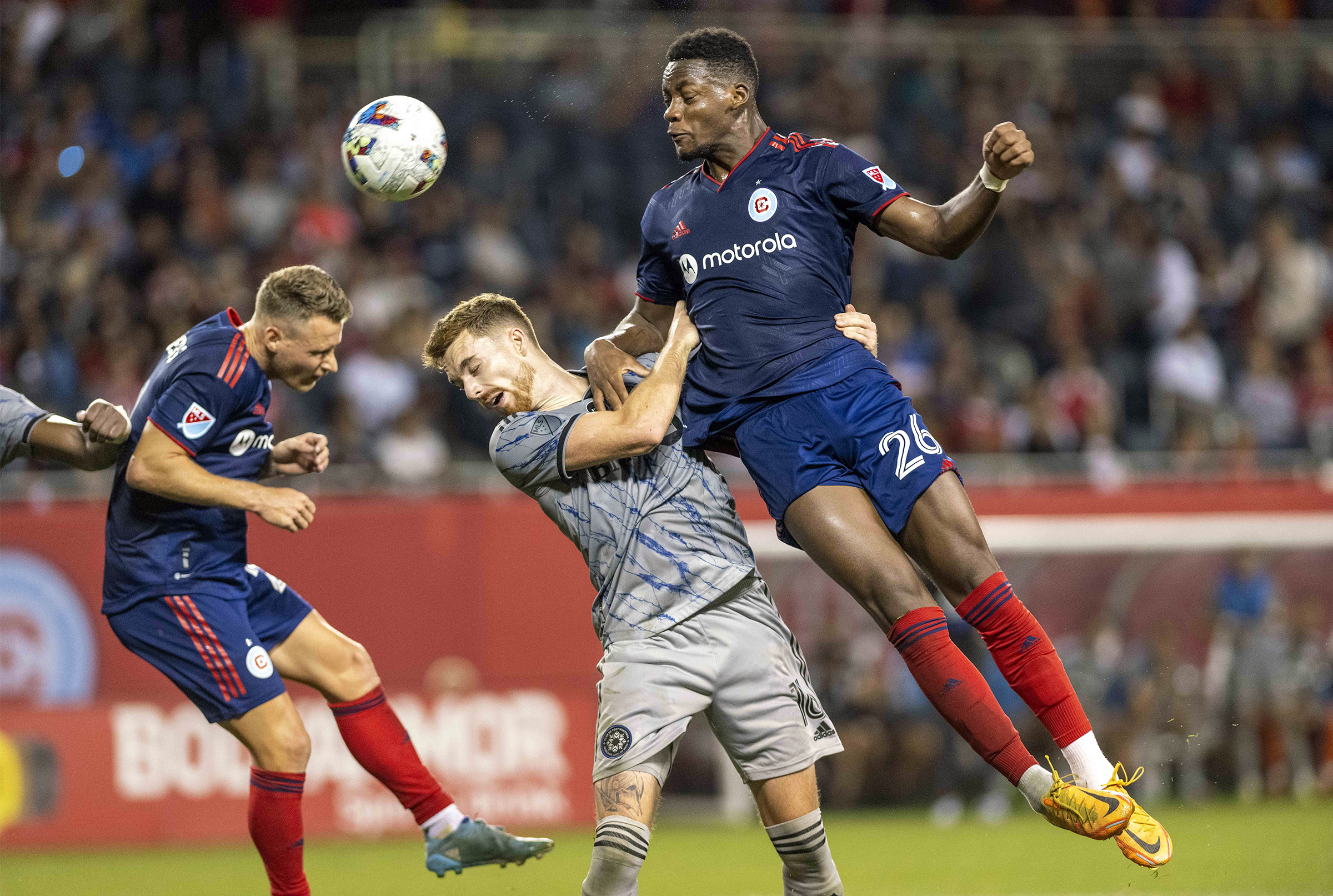
How has your identity as a Latino/Latinx influenced your art and passions?
Whenever I start something, I know that it’s going to incorporate something with Mexican culture, always has, always will. It has a rich history, and you can take things from everything, from cooking, from the music. It is such a beautiful culture, that whenever I do something, it just by default, goes back to the roots of my Mexican ancestors.
How has your family influenced what you do?
My parents came from Mexico, so they still speak only Spanish, but just the smell of the tamales during Christmas, and all those small things that you take. When I went out into the world, I’ve always had my parents and my culture in my heart. And I made it known, ‘I’m Mexican American, I’m Mexican American, I’m Mexican American’ because that’s where my heart is. I’ve always identified as Latino first and foremost, and I take that everywhere I go with me into the world and into my job today. Family and culture are super important to me.
What is your motivation?
My kids. I graduated from Columbia College with my bachelor’s degree. I’m hoping that they get their bachelor’s and then they go further. I’m very open with them about how hard it is to make a living as an artist, as a Latino artist. My advice has always been to sell yourself as the best because no one else will. My kids make sure they know the importance of being Latino. Never stepping down from something that they could be just because, ‘I don’t see a lot of Latinos in that business.’ I mean, look at Guillermo del Toro. That guy is amazing. And he’s a very open, proud Latino. Whenever he gives acceptance speeches, it’s always ‘Latinos, Latinos.’ I think it’s so important to be proud of your roots.
What is it like being a Latinx artist in Chicago? How has it shaped you as an individual?
It’s a great community. There are so many Latino/Latinx artists out there doing big things and, crazy enough, they’re very supportive. I think that just comes from la cultura latina. And I’m still learning, I don’t know everything. When I do graphic design, I reach out to other artists. I surround myself with a lot of Latino artists. Chicago has a huge Latino artists community. It’s a big, big circle of Latino artists and everyone’s very helpful with each other, man. We’ve made a name for ourselves in Chicago, and Chicago knows that.
“Being an artist and being a businessperson are completely different things…What’s the point of having awesome art and it’s not accessible to anyone?”
How do you make your art accessible to an audience?
On my Instagram page, on Facebook. Like I just designed this hat for the Bulls and I’m going to do a raffle for Cinco de Mayo. So, I’m just gonna kind of make it more accessible. I think social media has really opened up different avenues for artists. It’s a beautiful thing, if you use it correctly. I follow a lot of artists from across the country, even the world, who do beautiful artwork that is just so accessible with Instagram. I’ve even commissioned a few Latino artists that I really liked to do stuff for us at the house, because I love collecting original art, so I have a nice collection at home.
What is missing from the art world? And what does your art provide?
I think accessibility. I do work with a non-profit organization that gets artists into corporate spaces. There’s a big gap between corporations and artists. If you look at a lot of these downtown buildings, they’re just dry plain walls. There is a space for someone who can find artists and expose them to these spaces, which could make artists good money and more accessible to everyone.
Being an artist and being a businessperson are completely different things. I know really good photographers, but they can’t make a living off of it because of the customer service side of things. What’s the point of having awesome art and it’s not accessible to anyone? You can slap it on Instagram, which will get you some followers, but you want to make a living off of this. You want to get it to these corporate spaces that have the budgets set aside. We need more business-driven artists.
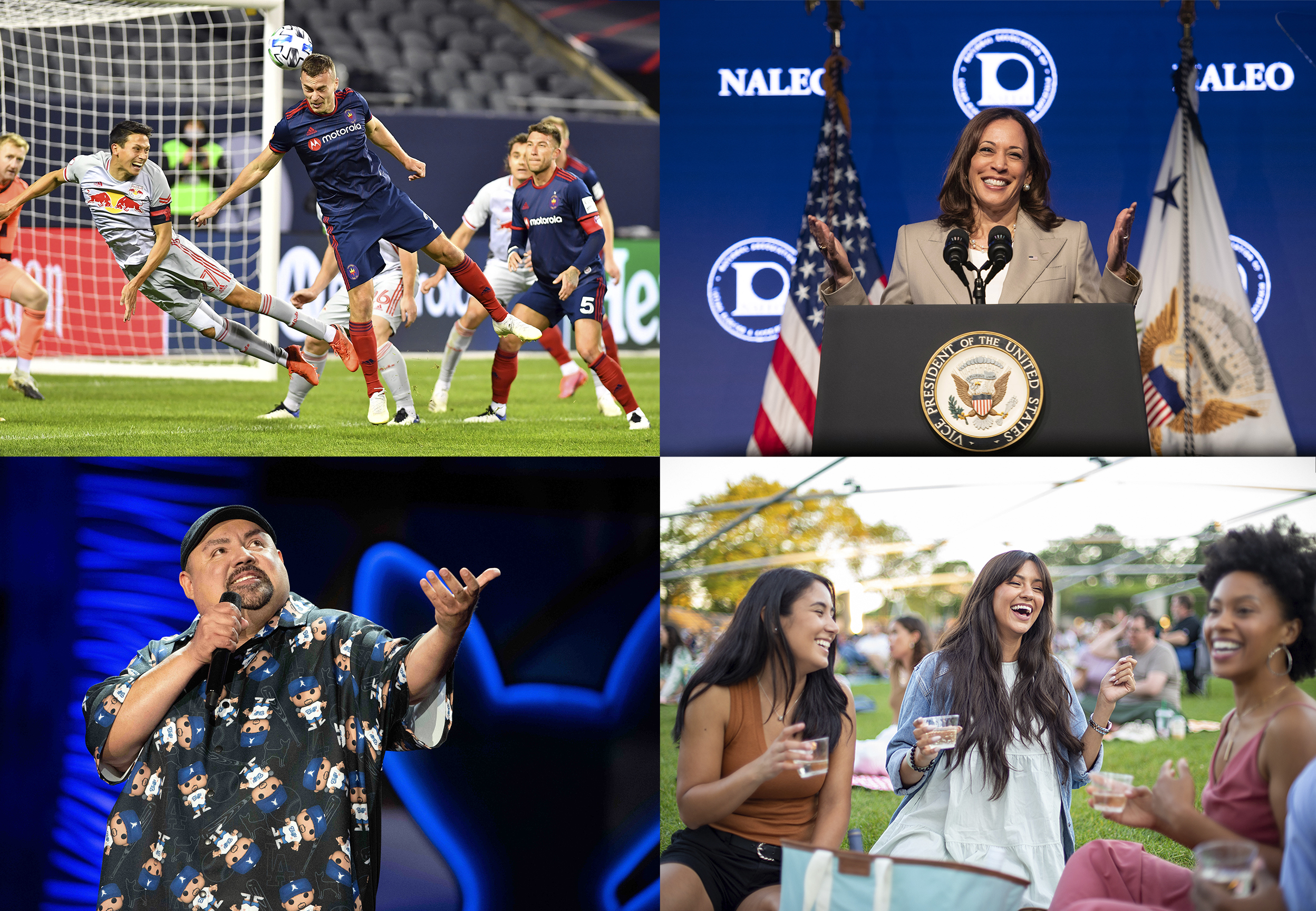
What challenges do you face?
In my earlier days, it was more being Latino in these corporate spaces, I didn’t see many Latinos. But once I think I got my foot in the door, it goes back to being a good human being, and providing great customer service. A lot of these places call back because of your great work. That customer service; they really take that into account. Since then, it’s been great.
I don’t really face many problems getting jobs at this point. At the beginning, I think I had to step back and consider the way I approach it. If I show up to a job, I used to wear a hat. It’s just simple things like that. Like, let’s clean up a bit. Because, yeah, you’re an artist, you’re just like, ‘Whatever, let’s go.’ But all those little things really count.
What do you think of the term Latinx to identify people of Latin American or Spanish background?
I’m old school, to me, it’s always been Latino, I never really thought about it until someone broke it down to me.
I really appreciate the fact that these younger Latinos are talking about what makes them comfortable with the way they want to be identified. I don’t see anything wrong with it at all. If someone tells me, ‘I’d rather be called this or that,’ I completely respect that, and I respect the whole movement. I really think more than anything, it’s badass that they’re stepping up to what they believe and trying to be heard.
Who is your target audience? How do you want your art to be received?
My audience is anyone who loves art. Art should be for everyone. At some point in their life, I think everyone should grab paint and do art. It’s just so relaxing, relieving. I don’t really have a specific audience. I make art more than anything for myself and then the secondary part of that is who’s going to take it in. Everyone’s gonna see it differently, perceive it differently, and whoever loves it later on is just a super big bonus. To have someone love your art is awesome.
How do you build your platform as an artist?
Before, we would have to run around with physical portfolios, and someone would tell someone else. I think Instagram is my No. 1 vehicle to promote all my photography and my design work. I follow a lot of artists and now I’m starting to get a lot of artists following me back. I do have a website, but I don’t know. Websites are kind of ancient to me now. I’m 47. Most clients are like, ‘Do you have an Instagram?’

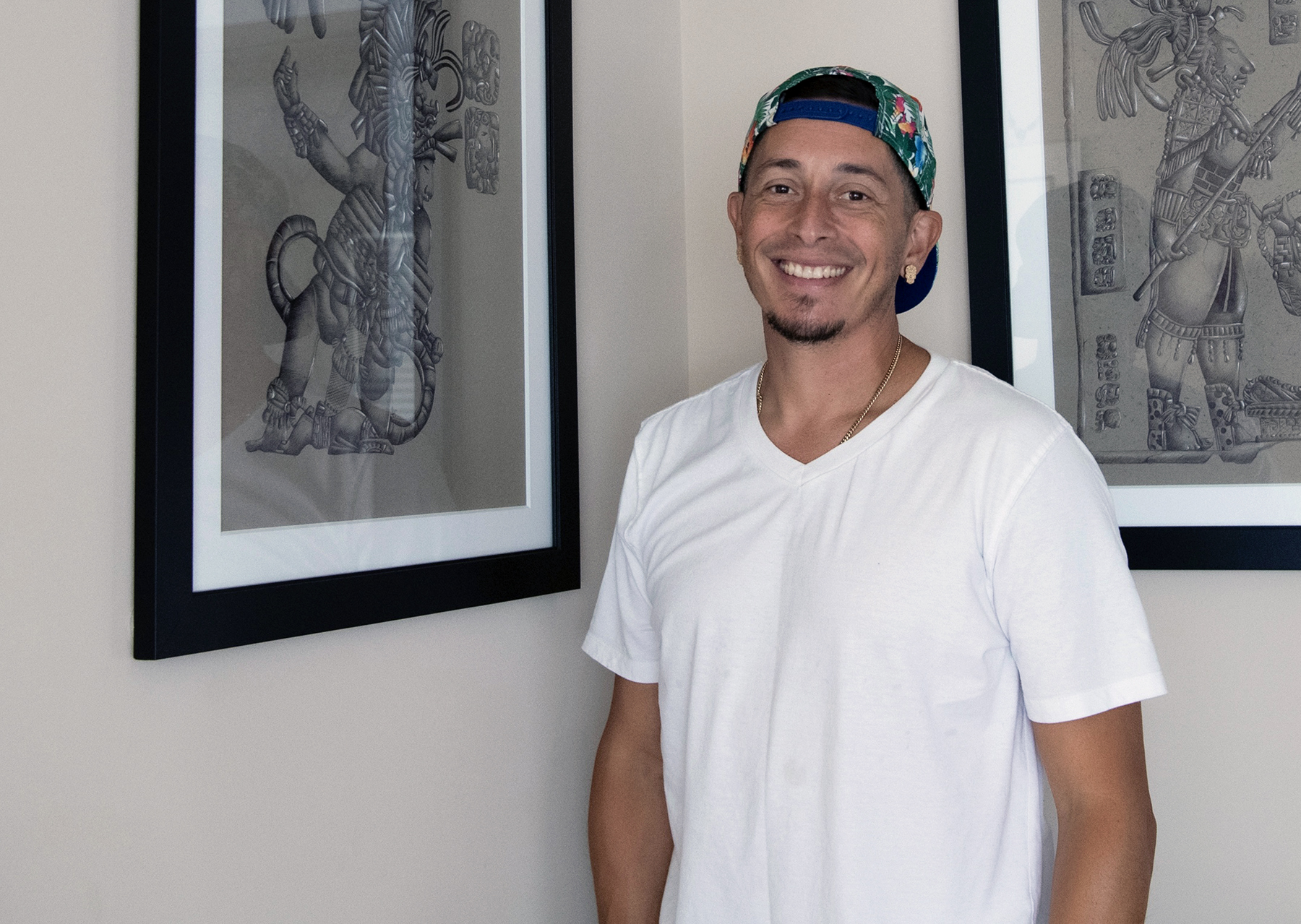

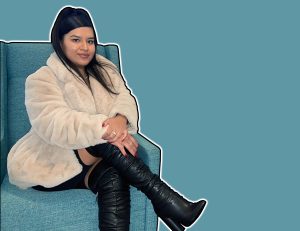
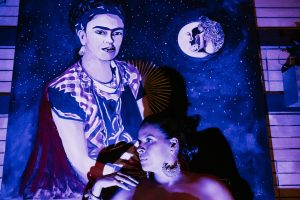
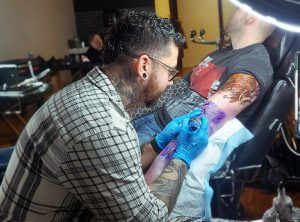
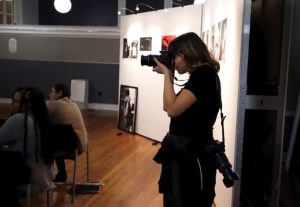
Be First to Comment